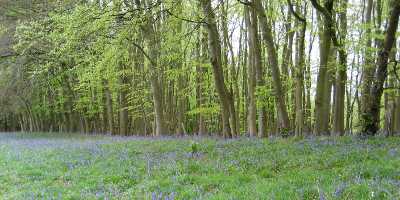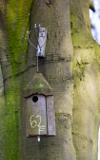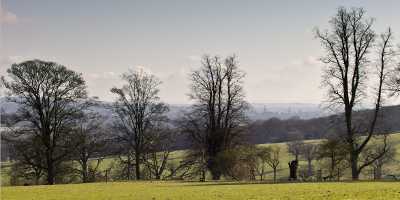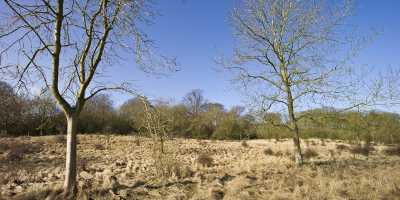Introduction to Wytham Woods

This practical will take place at Wytham Woods in Oxfordshire, UK, one of the most highly monitored ecological survey sites in the world. Wytham is a magnificent tract of semi-natural woodland belonging to the University of Oxford. It has been the focus of numerous long-term monitoring projects conducted by the University and other research organisations interested in monitoring environmental change, climate change, and ecological processes. Wytham is one of the terrestrial sites of the Environmental Change Network (managed by Centre for Ecology and Hydrology, UK) and therefore monitoring data of international importance exist for numerous physical and biological variables.
Individual activity: Research projects at Wytham Woods

Have a look at some of these websites and photos to gain an overview of the research carried out in the Woods:
- Wildlife Conservation Research Unit (WildCRU), Department of Zoology, University of Oxford: About Wytham Woods, Long-term monitoring of badgers, deer, small mammals, bats etc..
- Edward Grey Institute of Field Ornithology, Department of Zoology, University of Oxford: Long-term monitoring of great tits and other bird species.
- Smithsonian Tropical Research Institute: Long-term monitoring of forest plots, including Wytham.
- Environmental Change Network, Centre for Ecology & Hydrology (CEH): Long-term monitoring of physical and biological variables.
- Climate change research: Earthwatch-HSBC Climate Partnership, together with CEH, University of Oxford (Environmental Change Institute and WildCRU).
- Wytham Woods is designated by Natural England as a Site of Special Scientific Interest (SSSI).

(Hover the mouse over the markers to reveal the altitudes.)
The site itself lies a few kilometres north-west of Oxford city, and can be reached via Wytham village. Wytham Woods cover approximately 430 ha sited across two low hills that rise up from the surrounding agricultural lands of the Thames valley: the northern Wytham Hill (164 m) and the southern un-named hill rising to 148 m. From the higher points of the site you can gain some wonderful views of the historic city. Access to the site is by permit only.
(Hover the mouse over the markers to reveal the soil textures.)
Wytham Hill is one of a series of low hills surrounding Oxford: each is characteristically capped with limestone, which sits on a layer of sandstone (Frilford Series), and is underlain by a bed of clay (Oxford Clay – Denchworth Series). The Oxford Clay to Upper Corallian sand and silt to Upper Corallian limestone and Coral Rag geological sequence gives rise to a spring line, and soils with characteristic textures (clay, sand, limestone), which in turn, influence the ecology of the site.

The habitats at Wytham Woods consist predominantly of a) temperate deciduous and mixed coniferous woodland, including areas of ancient and secondary woodland with associated plantations; with b) some calcareous grassland on the top of the hill.

The main tree species are oak (Quercus robur), ash (Fraxinus excelsior), beech (Fagus sylvatica), hazel (Coryllus avellana), sycamore (Acer pseudoplatanus), which grow in Wytham’s semi-natural woodland habitat (ancient and recent), as well as plantation. The entire site is surrounded by a deer fence, which keeps the deer in the Woods and prevents them causing damage to surrounding agricultural land. As well as three species of deer, the Woods support badgers, foxes, small mammals, bats and numerous bird species. Where there are springs, small water features have arisen including a species-rich valley fen, adding to the diversity of this beautiful site.


